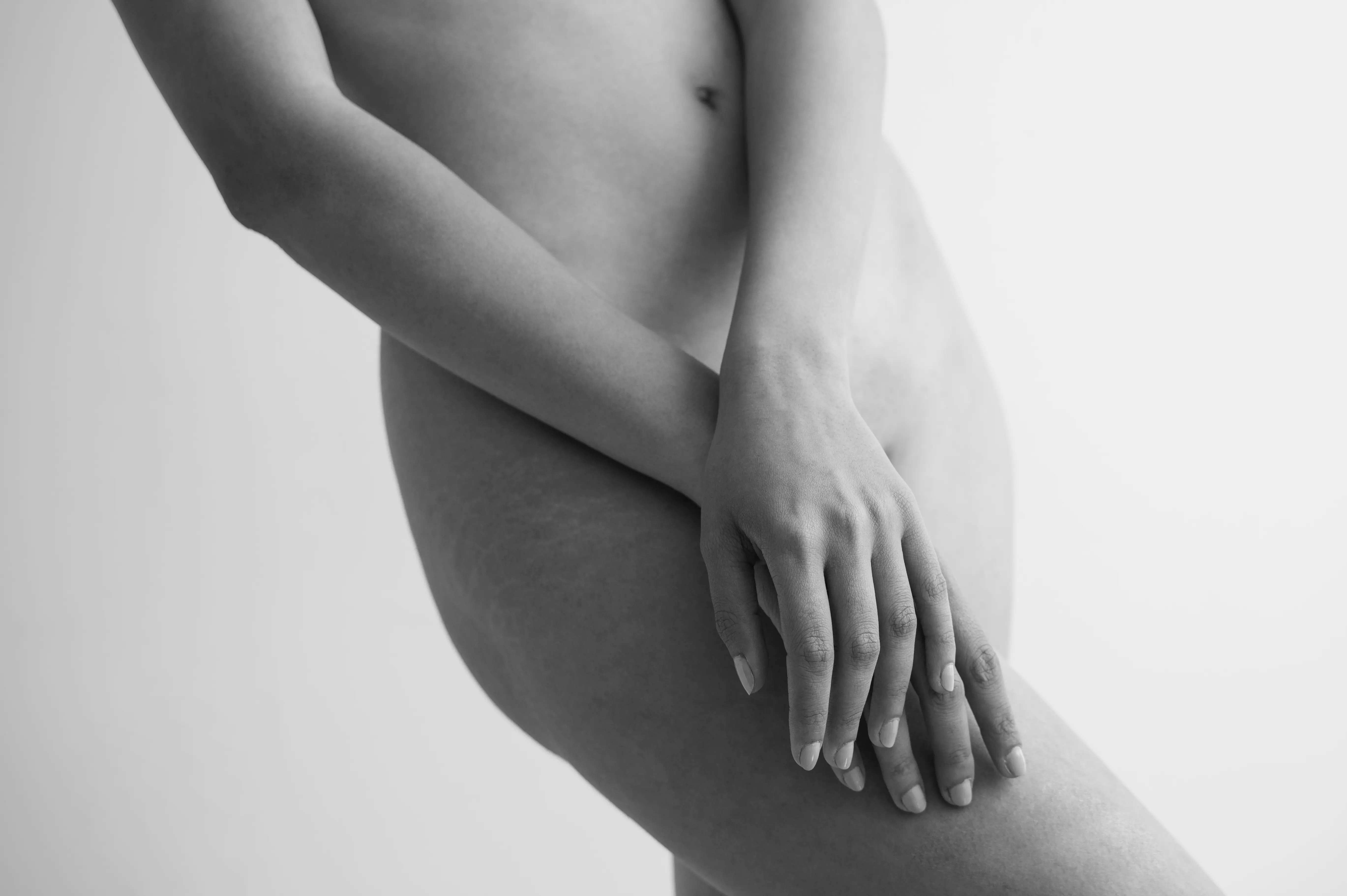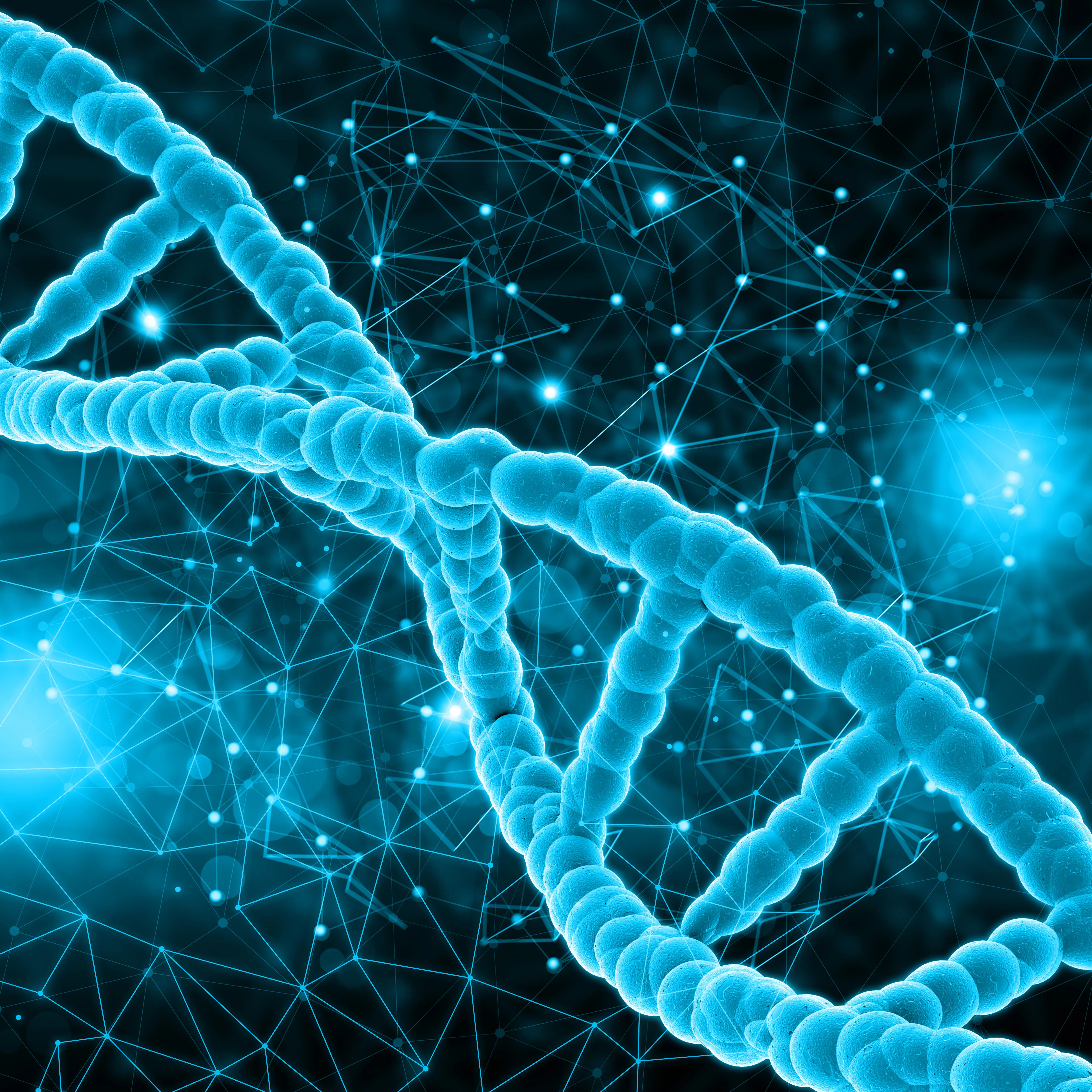Other Treatment Methods
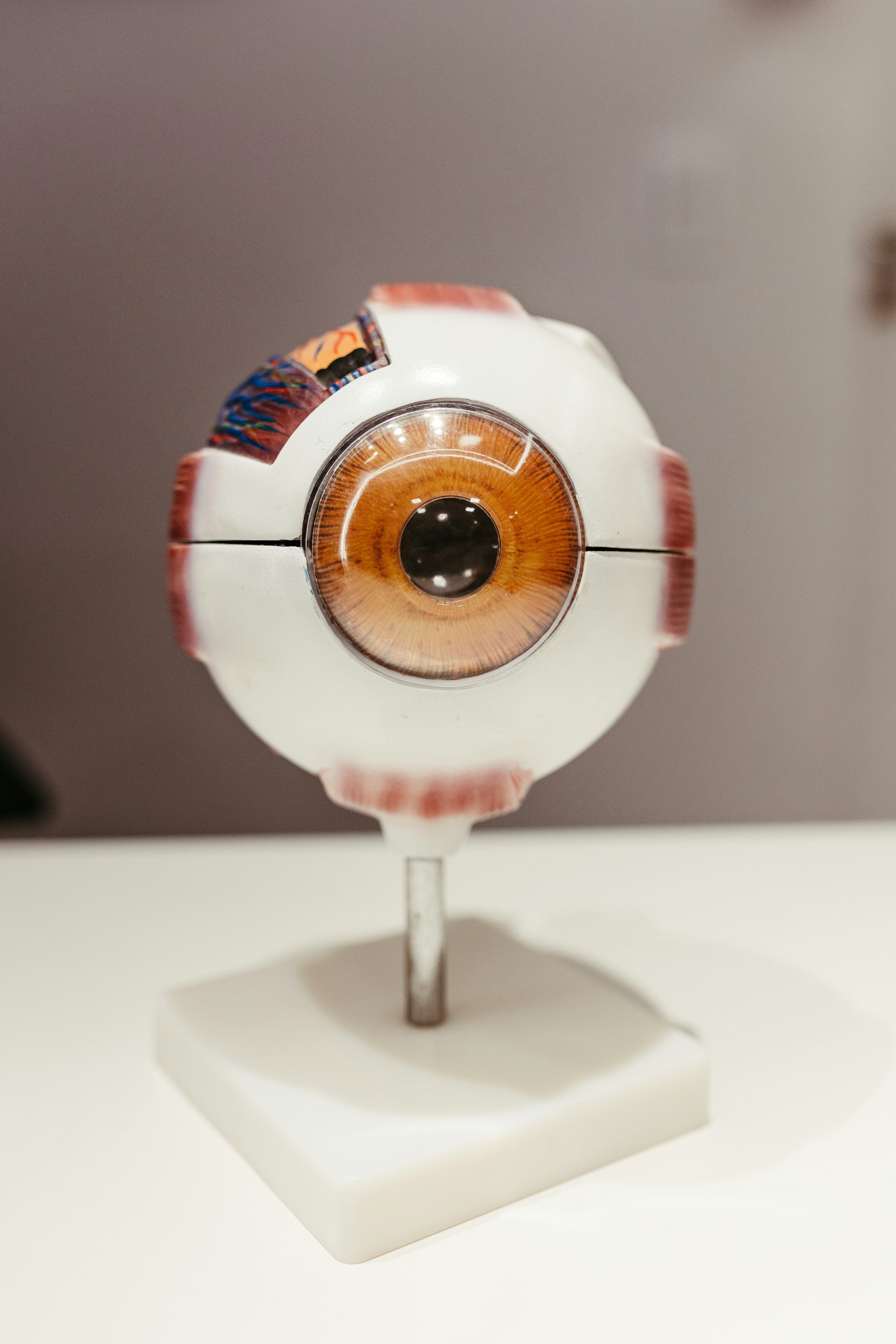
Age-related macular degeneration
Age-related macular degeneration (AMD) is a chronic eye disease, which usually begins at the age of 55 and can destroy central vision. Details and faces appear distorted, colors and contrasts fade - until finally only a dark spot remains visible. There are different forms of age-related macular degeneration, or AMD for short: the dry and the wet form, but also a distinction is made between the early, middle, and advanced stages.
What happens with macular degeneration?
The retina consists of ten layers. Together with Bruch's membrane, the retinal pigment epithelium (RPE) supplies the sensory cells (photoreceptors) of the retina with nutrients and transports metabolic products away. However, since this layer is limited in its function in early and middle macular degeneration, the breakdown products are deposited below the sensory cells. These deposits, typical of the early stage of AMD, are also called drusen. The more numerous and larger the drusen, the worse the photoreceptors are supplied. The visual qualitysuffers as a result. Often, the chronic undersupply of the visual cells leads to the disease progressing to the stage of advanced or wet macular degeneration, where pathological blood vessels are formed.
Alternative healing methods - Photobiomodulation in dry AMD
Until now, there was no approved therapy for early and intermediate dry macular degeneration. Treatment with the nanosecond laser was the first option for many patients. Innovative photobiomodulation is much gentler and can stimulate the regeneration of cells in the retinal pigment epithelium (RPE), one of the 10 layers of the retina. This slows the further progression of the chronic disease and stabilizes visual function.
In this innovative light treatment, cells of the retina are irradiated with defined wavelengths. This has been proven to stimulate metabolic activity in the cells. The light colors are chosen to enhance the performance of the mitochondria of the cells (so-called respiratory chain). Mitochondria are the "powerhouses" of every cell and are essential for health and functionality.
The effect of the light treatment
Photobiomodulation primarily increases the function of the macula. This increase in function can be shown in vision through contrast improvement and stabilization of fixation. The effect can occur as early as 3 weeks after the start of therapy, and a repeat of the treatment is individually possible, slowing the progression of the chronic disease.
Course of the treatment
During photobiomodulation, the patient looks into a special light source for about 5 minutes per session, which illuminates the retina with bright alternating colors with open and closed eyes. Pre-treatment to dilate the pupil with eye drops is not required, so you can drive a car afterwards without concern. This treatment takes place over 9 sessions within 3 to 4 weeks. If needed, the treatment can be repeated after a few weeks. If both eyes are to be treated, this can be done on the same day.
Risks in the treatment of macular degeneration
The main risk is an intraocular infection after the administration of the medicine.
Experts for this Treatment Method

- Modern Ophthalmology
Dr. Mirka R. Höltzermann
Augenpraxis Dr. Höltzermann, Dr. von Schnakenburg, Augenpraxis Dres. Höltzermann & von Schnakenburg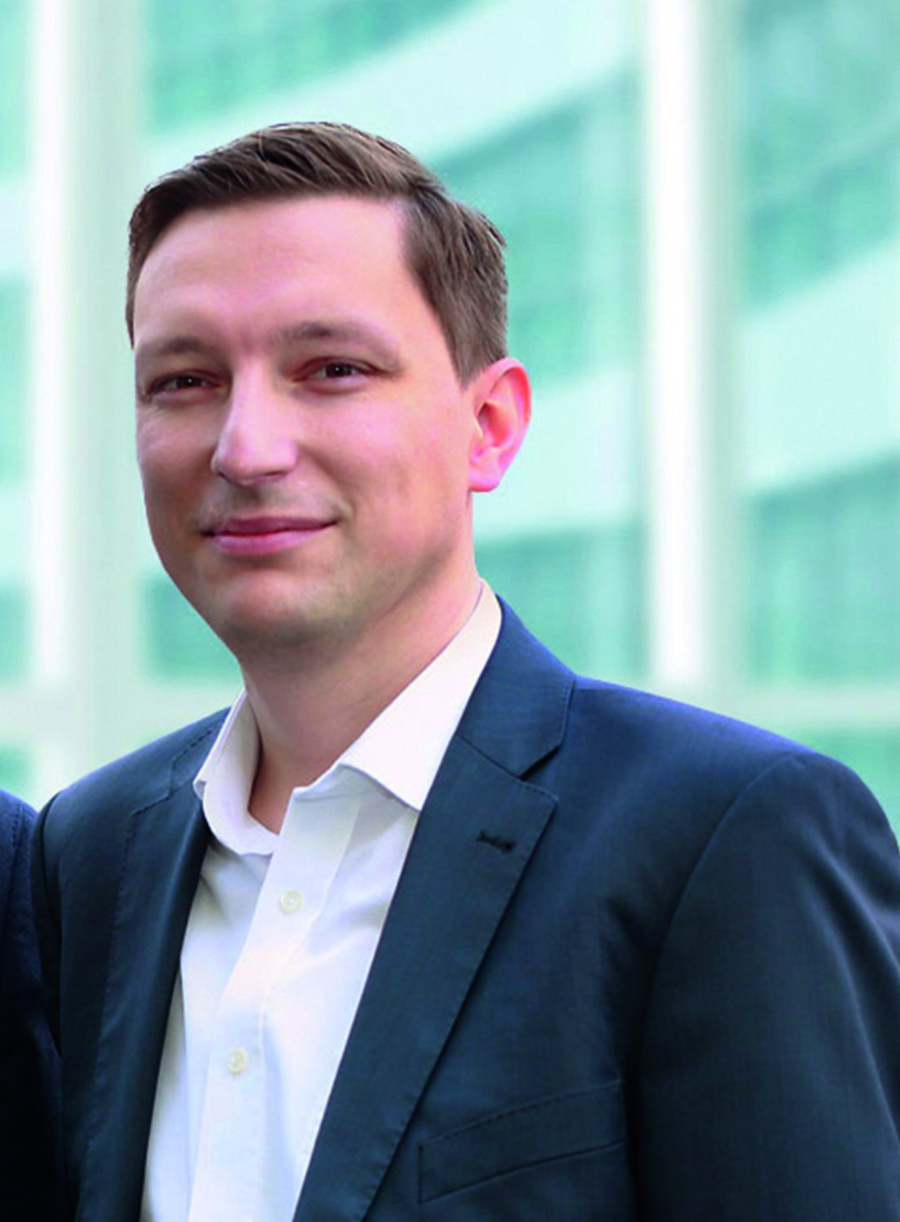
- Modern Ophthalmology
Dr. med. Ilya Kotomin
Smile Eyes Leipzig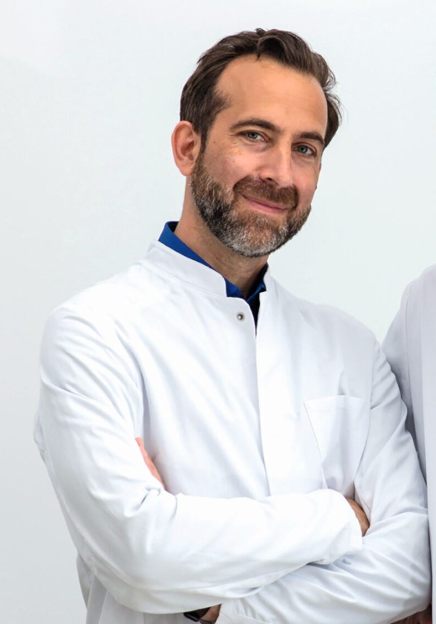
- Modern Ophthalmology
Priv.-Doz. Dr. med. Daniel Pilger
Smile Eyes Berlin
- Modern Ophthalmology
Raphael Neuhann (FEBO)
Opthalmologikum Dr. Neuhann / Augentagesklinik am Marienplatz
- Modern Ophthalmology
Dr. med. Tabitha Neuhann
Opthalmologikum Dr. Neuhann / Augentagesklinik am Marienplatz
- Modern Ophthalmology
Prof. Dr. med. Tanja M. Radsilber
Augenzentrum Prof. Dr. med. Holzer & Prof. Dr. med. RabsilberAll Experts in this Department
Show All
- Modern Ophthalmology
Dr. Mirka R. Höltzermann
Augenpraxis Dr. Höltzermann, Dr. von Schnakenburg, Augenpraxis Dres. Höltzermann & von Schnakenburg
- Modern Ophthalmology
Dr. med. Ilya Kotomin
Smile Eyes Leipzig
- Modern Ophthalmology
Priv.-Doz. Dr. med. Daniel Pilger
Smile Eyes Berlin
- Modern Ophthalmology
Raphael Neuhann (FEBO)
Opthalmologikum Dr. Neuhann / Augentagesklinik am Marienplatz
- Modern Ophthalmology
Dr. med. Tabitha Neuhann
Opthalmologikum Dr. Neuhann / Augentagesklinik am Marienplatz
- Modern Ophthalmology


